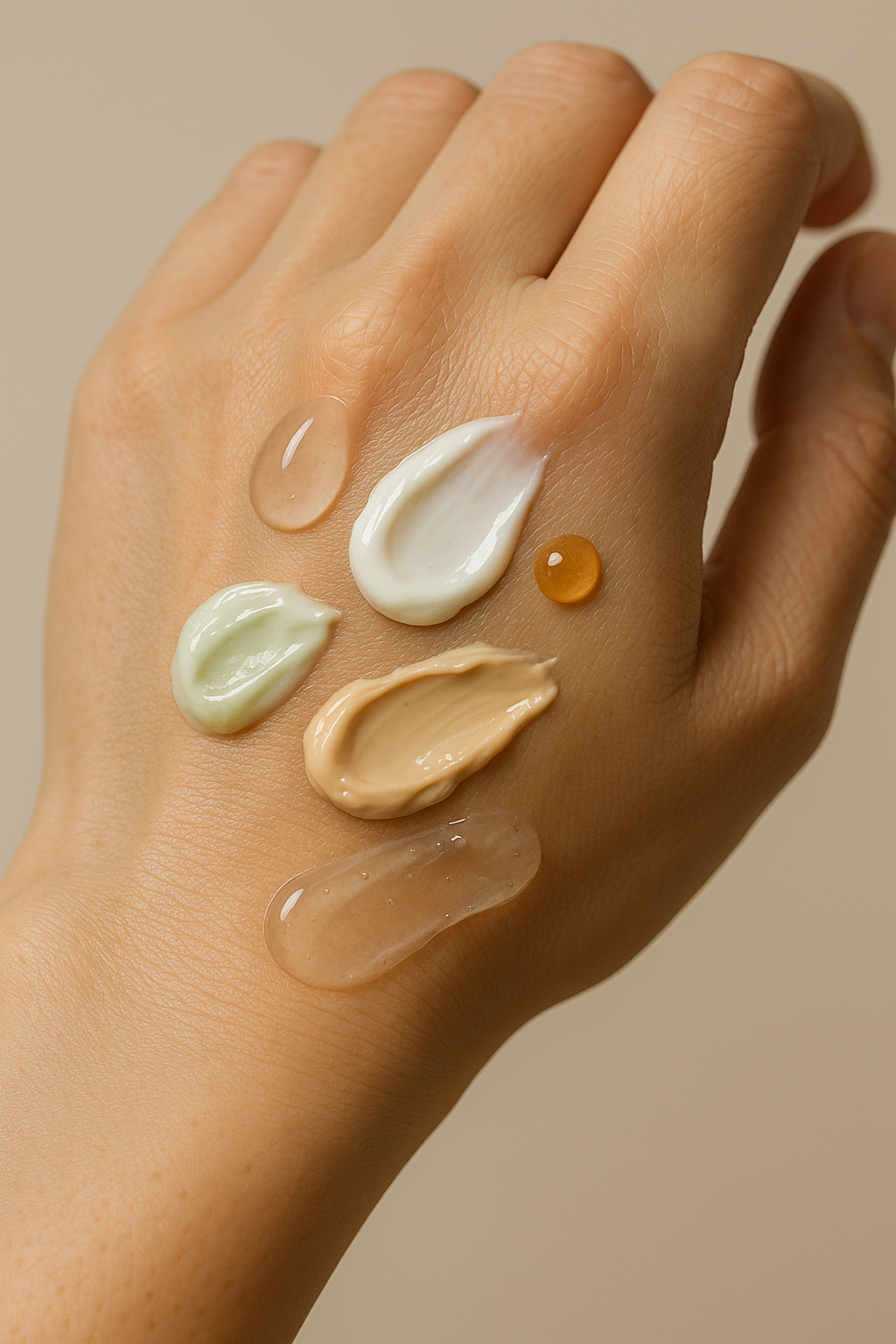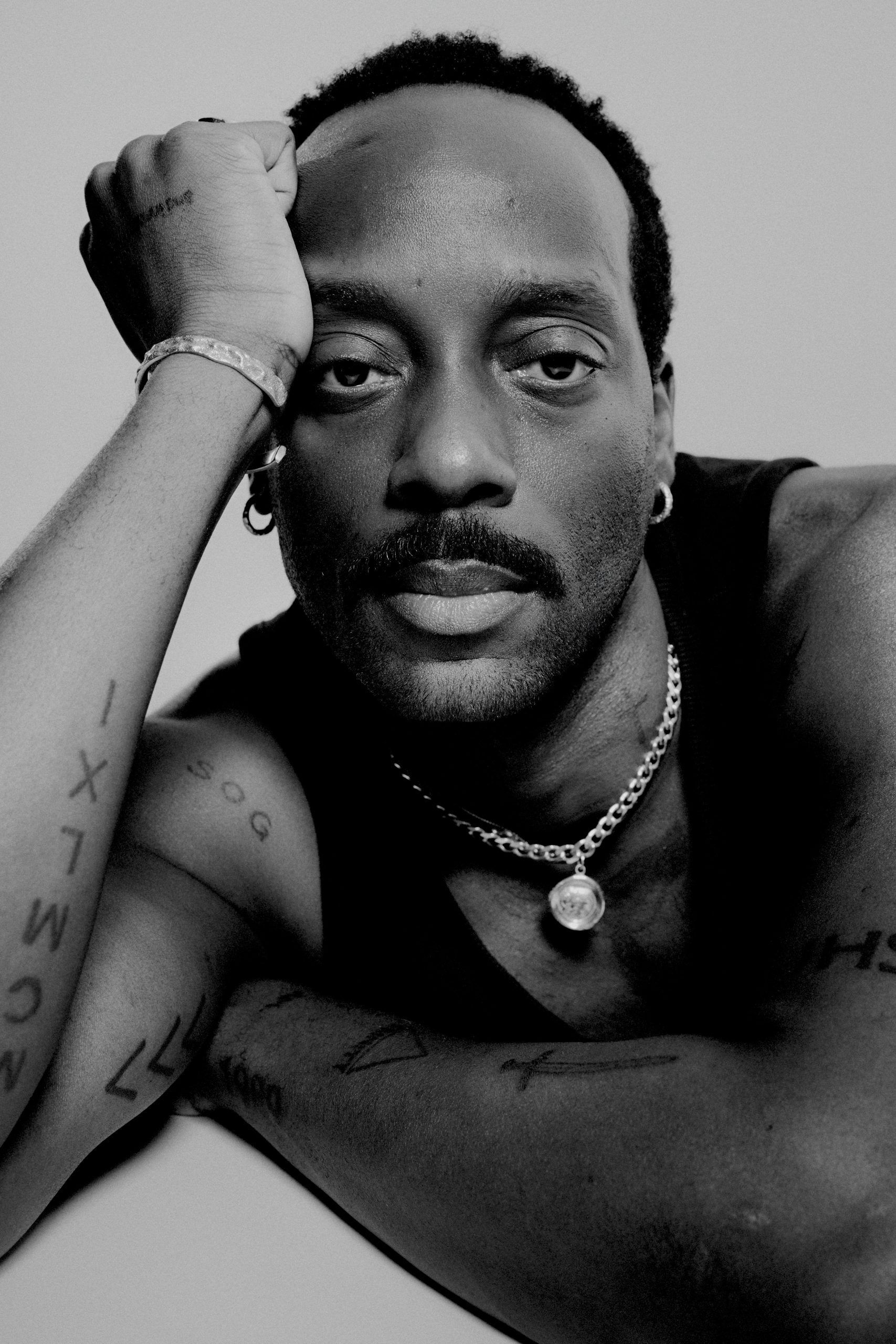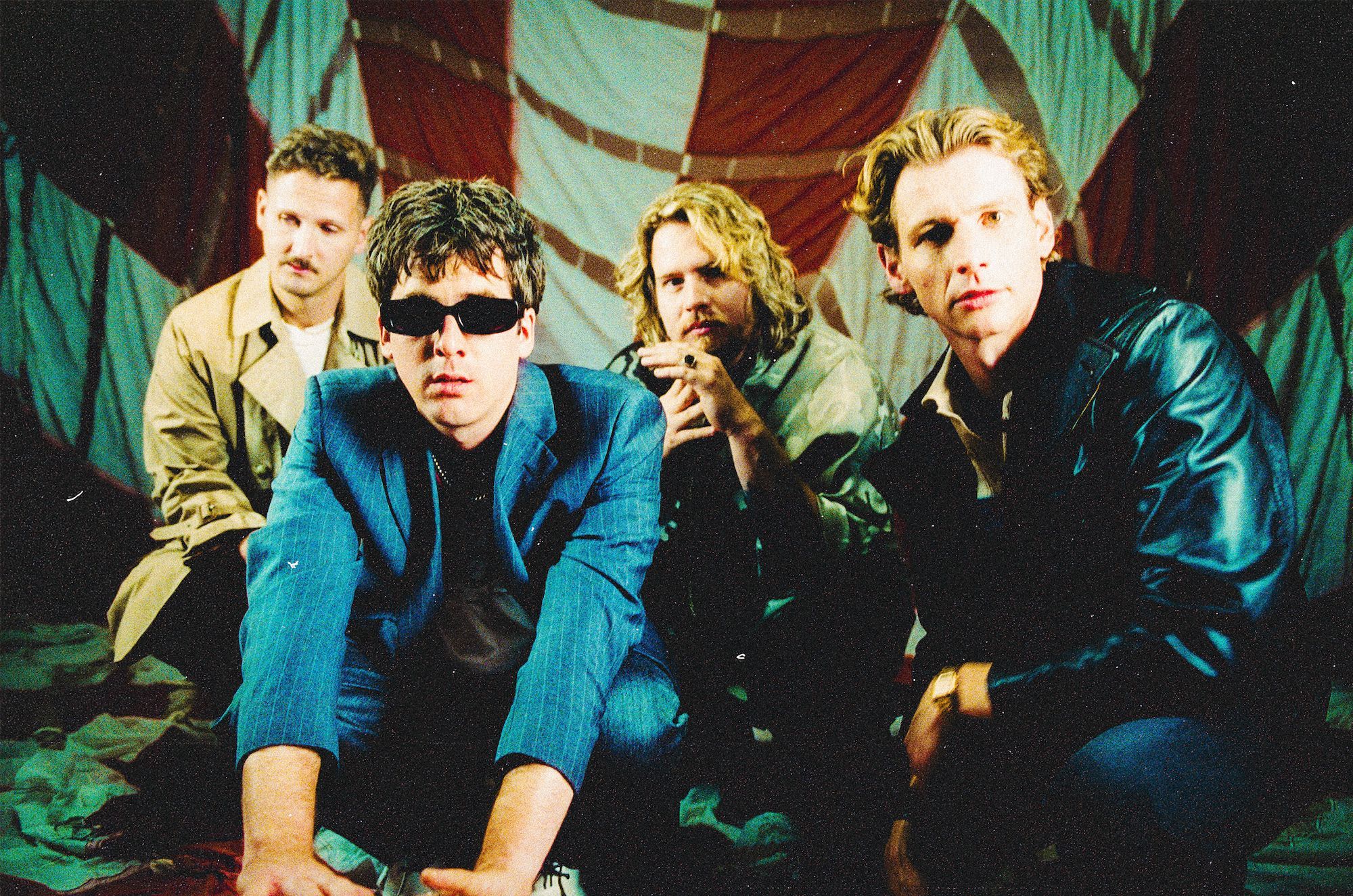It is very hard to tell the difference between a good diamond and a bad one.
In fact, there are some stones – synthetic moissanite and cubic zirconia are perfect examples – which can be substituted for diamonds fairly easily unless you have an expert jeweler ready to undertake all the necessary tests on your behalf. So how can you tell if a diamond is a good one? Or even a diamond at all?

You Can’t Do It Yourself!
Without training and specialist equipment, it is all but impossible for a layman to definitively tell a diamond from a fake or a good diamond from a bad one. Fake diamonds will have different characteristics to real ones, but good cutting and careful mounting can make a nonsense of an examination. Moissanite, for example, weighs lighter than diamond, while cubic zirconia is heavier, so if you have three identical stones and know that you have one of each, the middle weight stone will be the genuine diamond – but examining each stone on their own, perhaps set in a precious metal band will leave even qualified jewelers shaking their heads.
Ignore the Internet Myths
There are a number of ‘sure-fire’ tests that you can do to tell if your diamond is real or not. While some of these might prove that a stone is not a diamond, there are few tests that will confirm that a stone is definitely a diamond, so all you are left with is a possibility rather than the confirmation that you will need before handing over your hard-earned cash!

Good vs Bad and How to Tell
It is quite a similar story with real diamonds. Getting a poor-quality stone for the price of a good one can be just as ruinous and humiliating as ending up with a fake. Again, there are some pointers that a layman can follow to see if their stone is good or not, but – again – this will only let you see if a stone is very bad – poor color, full of inclusions, and so on. Most of the tests of a diamond need to be done when the stone is unmounted, and in the bright clean surroundings of a jewelry workroom under magnification of at least a factor of ten. Looking at a diamond ring, for example, in the crowded and colorful conditions of a jewelry retail shop is quite a different story, and few people could reliably tell an H-color diamond from a D or E-rated one! For more information about diamond color try Pricescope diamond color chart.

So, what is the best way to be sure you are getting what you are paying for? Ask for a certificate of authenticity. GIA and AGS are the two US institutions that hold the diamond retail market to account. Every large commercial diamond should come with a certificate from one of the two, and each certificate has a number that is linked to the online register of that company. This means, that when you are offered a stone, you can check that the online register matches the certificate with the stone, and that the stone fits the detailed description. Only then can you have complete peace of mind about your purchase!




